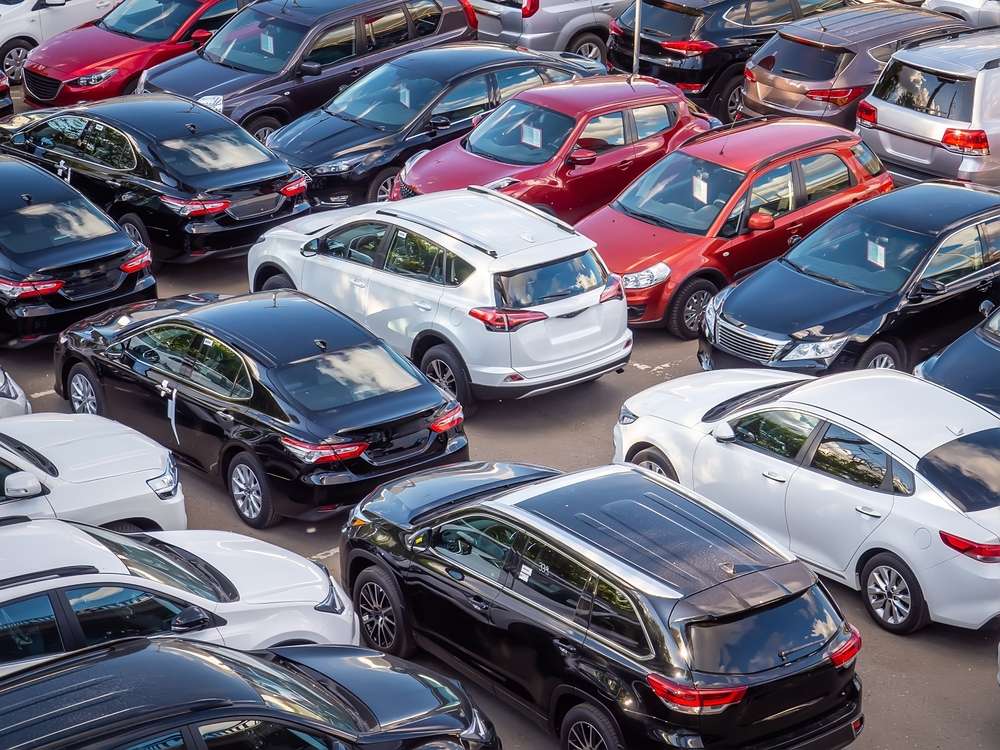Synthetic grass, also known as artificial turf, has become an increasingly popular landscaping choice for homeowners, businesses, and public spaces. With advancements in technology, modern synthetic grass closely mimics the look and feel of natural grass, offering a low-maintenance alternative that remains lush and green year-round. You can find synthetic grass with an online search.
Benefits of Synthetic Grass
One of the primary advantages of synthetic grass is its low maintenance. Unlike natural grass, synthetic turf does not require mowing, watering, fertilizing, or reseeding, making it an attractive option for those looking to reduce the time and expense associated with lawn care. It provides a consistent, green appearance regardless of weather conditions, making it ideal for areas with water restrictions or harsh climates where natural grass struggles to thrive. Additionally, synthetic grass is highly durable and can withstand heavy foot traffic, making it perfect for playgrounds, sports fields, and high-traffic residential areas.
Installation Process
The installation of synthetic grass involves several steps to ensure a smooth and long-lasting surface. The process begins with the removal of existing grass and vegetation, followed by the preparation of the ground, which includes leveling and compacting the soil. A layer of crushed rock or gravel is then added to provide a stable base, and a weed barrier is placed to prevent unwanted growth underneath the turf. The synthetic grass is rolled out and carefully cut to fit the designated area. Edges are secured with stakes or adhesive, and infill material, such as sand or rubber granules, is spread over the surface to help the grass blades stand upright and provide cushioning. Proper installation is crucial for the longevity and performance of synthetic grass, so it is often recommended to hire professionals for the job.
Maintenance and Longevity
While synthetic grass is low maintenance compared to natural grass, it is not entirely maintenance-free. Routine care includes removing debris, such as leaves and twigs, and occasional rinsing to remove dust and pet waste. For areas that receive heavy use, brushing the grass fibers can help maintain their upright position and keep the surface looking fresh. Most synthetic grass products come with a warranty ranging from eight to fifteen years, and with proper care, the turf can last even longer. However, over time, UV exposure and heavy wear may cause some fading and flattening of the grass fibers.
Environmental Impact
The environmental impact of synthetic grass is a topic of debate. On one hand, it conserves water, reduces the need for chemical fertilizers and pesticides, and eliminates emissions from lawn mowers and other maintenance equipment. On the other hand, synthetic grass is made from plastic materials, primarily polyethylene, polypropylene, and nylon, which are derived from non-renewable fossil fuels. Additionally, the production and eventual disposal of synthetic turf contribute to environmental pollution. Some manufacturers are exploring more sustainable alternatives, such as recycled or bio-based materials, to address these concerns.
Potential Drawbacks
Despite its many benefits, synthetic grass has some potential drawbacks that should be considered. One of the most notable is the initial cost, which can be significantly higher than natural grass installation. However, these costs are often offset over time by the reduced maintenance expenses. Another concern is the heat retention of synthetic turf, which can become uncomfortably hot in direct sunlight, making it less suitable for areas where children or pets frequently play. Advances in cooling technology and infill options are helping to mitigate this issue, but it remains a factor to consider when choosing synthetic grass. Lastly, while synthetic grass is generally safe, some types of infill materials, such as crumb rubber, have raised health concerns due to the potential release of harmful chemicals.
Conclusion
Synthetic grass offers a modern, versatile solution for landscaping that appeals to those seeking a low-maintenance, visually appealing alternative to natural grass. Its benefits, including water conservation, durability, and aesthetic consistency, make it a popular choice for both residential and commercial applications. However, potential environmental concerns, heat retention, and the initial cost should be carefully weighed before making a decision. As technology continues to advance, synthetic grass will likely become an even more sustainable and practical option for landscapes around the world.


